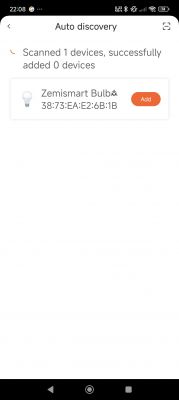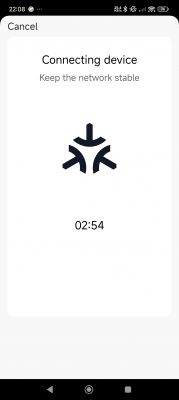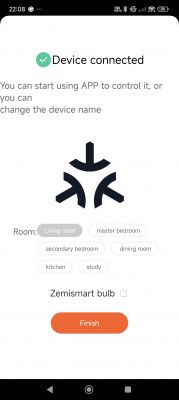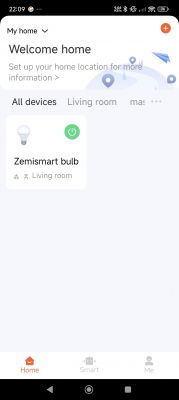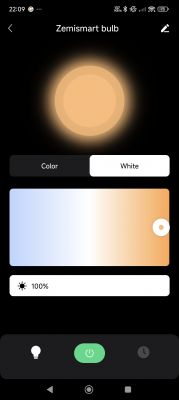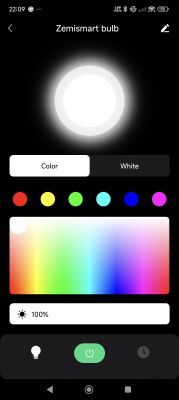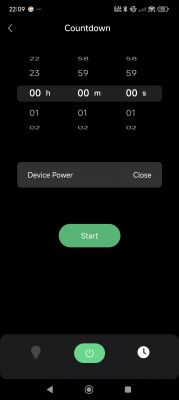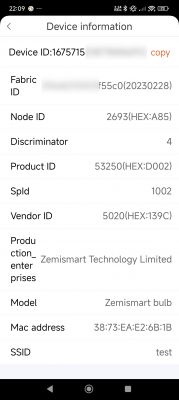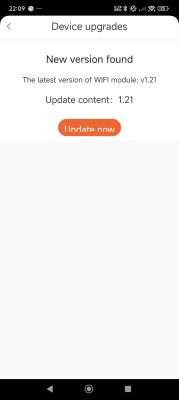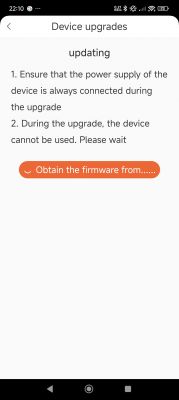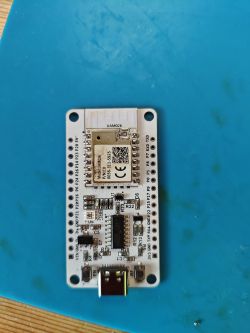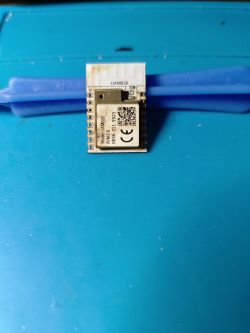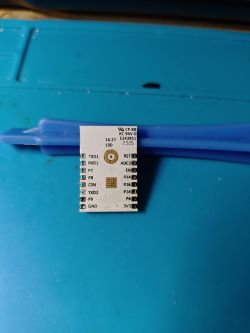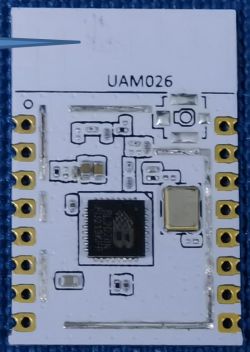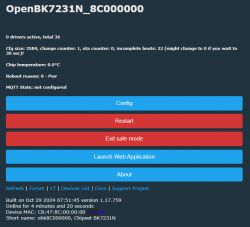Here's a high-level look at the Zemismart ZML2-7W RGB+CW E27 LED Matter bulb.

https://www.aliexpress.com/item/1005005646745391.html
The dome pops off easily. It is not glued. The general feel and weight of the bulb is nicer/heavier than the standard cheap Tuya types.
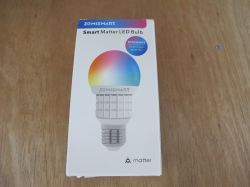

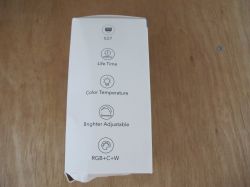
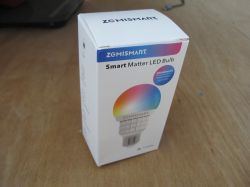

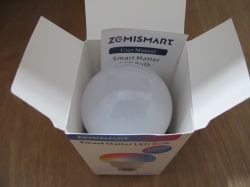
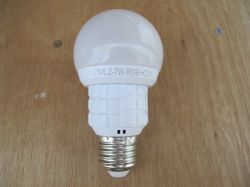
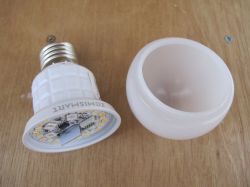
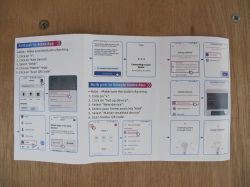
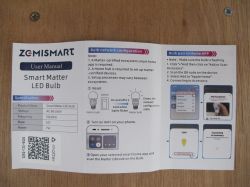

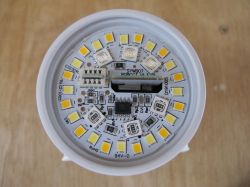
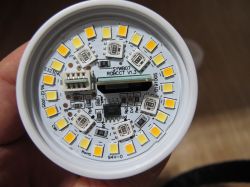
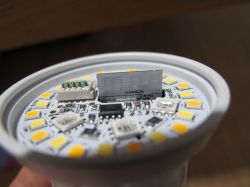
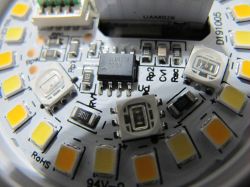
The construction is a little more interesting than others I've dismantled. With the positive pin at the bottom removed, as with other bulbs, it became aparent when trying to pop off the metal edison screen base that the white plastic chassis would split apart also. This lower section has a thread and was siliconed into the top half. The neutral wire was sandwiched between the plastic and metal round the inside rim through the little U-shaped hole you see in the pic.
The main PCB can be pulled backwards and out, leaving the LED disc in situ.
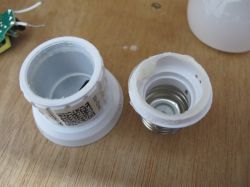
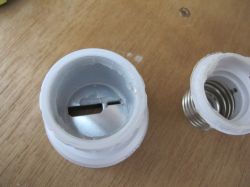
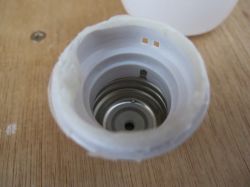
Once clear we can see the main PCB with Uascent UAM026 Beken BK7231N-based module. A CB3S type form factor but without the bottom row of contacts
https://fcc.report/FCC-ID/2A68EJX-UAM026/
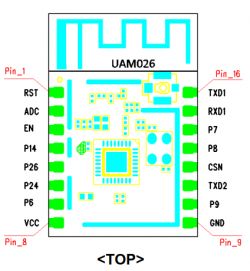
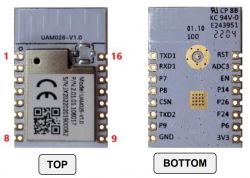
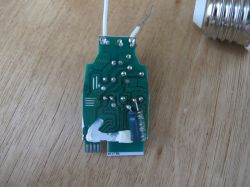

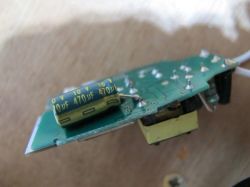
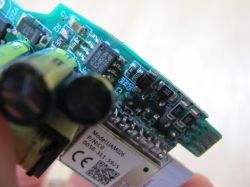
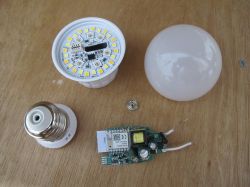
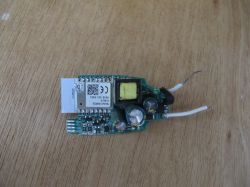
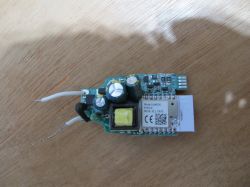

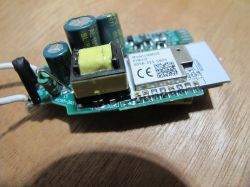
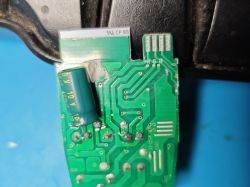
Bright Power BP2516F LED driver IC on main PCB and a SiLLUMIN SL421A on the LED disc - another LED driver supporting dimming (why are there seemingly two LED drivers?)
English Google translation datasheet attached
https://www.sillumin.com/files/datasheet/SLM421A_Datasheet.pdf
With all contacts accessible we can solder with the module left in place.
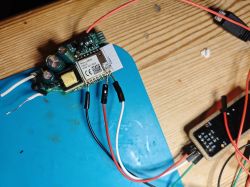
Boot log is from TXD1, not TX2 as with CB3S.
Easy Flasher key read shows coeff in efuse is 00000000 00000000 00000000 00000000 and from chats on Discord I expect this to really be 000s rather than a case of read-out disallowed. This means Zemismart, despite using the Uascent SDK (?) or is somehow related to Uascent, does not use the coeff we've seen on other Uascent devices: https://www.elektroda.com/rtvforum/topic4032988-30.html#21465033
Read is successful in M mode or N mode with key check skip selected
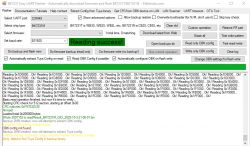
It is the case that the BK7231M OpenBeken release boots if flashed from 0x11000 (file offset 0x11000), so with the original device bootloader kept. Unlike other Uascents, the BL expects OTA partition to start at 0x132000 and not 0x143000. This also means OpenBeken OTA is not operational at present either.


Like other Uascents, the CSA org ID is in the firmware - CSA23291MAT40804-24
https://csa-iot.org/csa_product/zemismart-bulb/

https://www.aliexpress.com/item/1005005646745391.html
The dome pops off easily. It is not glued. The general feel and weight of the bulb is nicer/heavier than the standard cheap Tuya types.















The construction is a little more interesting than others I've dismantled. With the positive pin at the bottom removed, as with other bulbs, it became aparent when trying to pop off the metal edison screen base that the white plastic chassis would split apart also. This lower section has a thread and was siliconed into the top half. The neutral wire was sandwiched between the plastic and metal round the inside rim through the little U-shaped hole you see in the pic.
The main PCB can be pulled backwards and out, leaving the LED disc in situ.



Once clear we can see the main PCB with Uascent UAM026 Beken BK7231N-based module. A CB3S type form factor but without the bottom row of contacts
https://fcc.report/FCC-ID/2A68EJX-UAM026/












Bright Power BP2516F LED driver IC on main PCB and a SiLLUMIN SL421A on the LED disc - another LED driver supporting dimming (why are there seemingly two LED drivers?)
English Google translation datasheet attached
https://www.sillumin.com/files/datasheet/SLM421A_Datasheet.pdf
With all contacts accessible we can solder with the module left in place.

Boot log is from TXD1, not TX2 as with CB3S.
Code: Text
Easy Flasher key read shows coeff in efuse is 00000000 00000000 00000000 00000000 and from chats on Discord I expect this to really be 000s rather than a case of read-out disallowed. This means Zemismart, despite using the Uascent SDK (?) or is somehow related to Uascent, does not use the coeff we've seen on other Uascent devices: https://www.elektroda.com/rtvforum/topic4032988-30.html#21465033
Read is successful in M mode or N mode with key check skip selected

It is the case that the BK7231M OpenBeken release boots if flashed from 0x11000 (file offset 0x11000), so with the original device bootloader kept. Unlike other Uascents, the BL expects OTA partition to start at 0x132000 and not 0x143000. This also means OpenBeken OTA is not operational at present either.


Like other Uascents, the CSA org ID is in the firmware - CSA23291MAT40804-24
https://csa-iot.org/csa_product/zemismart-bulb/







